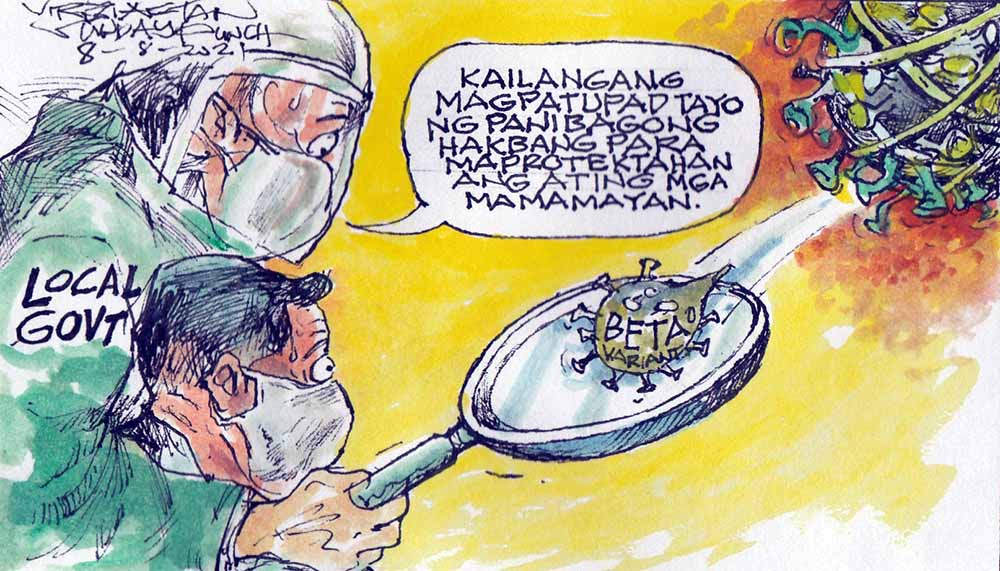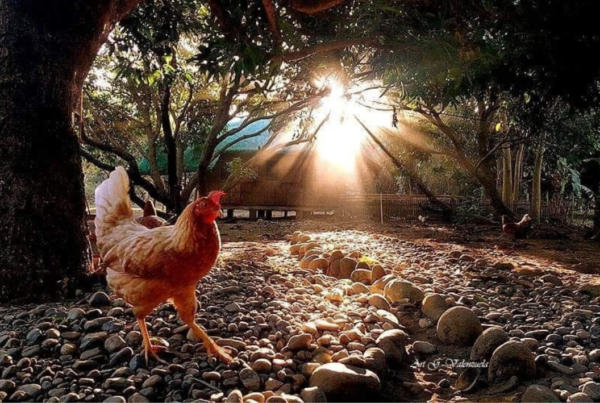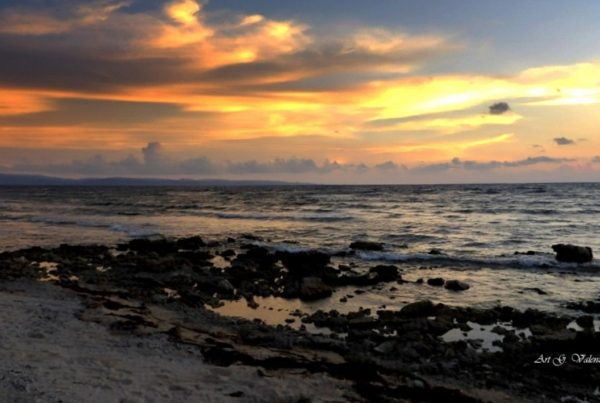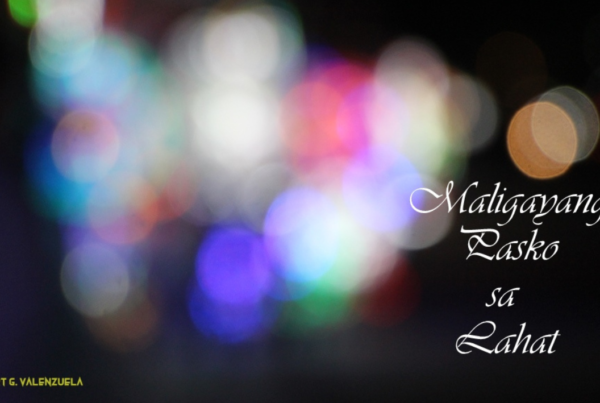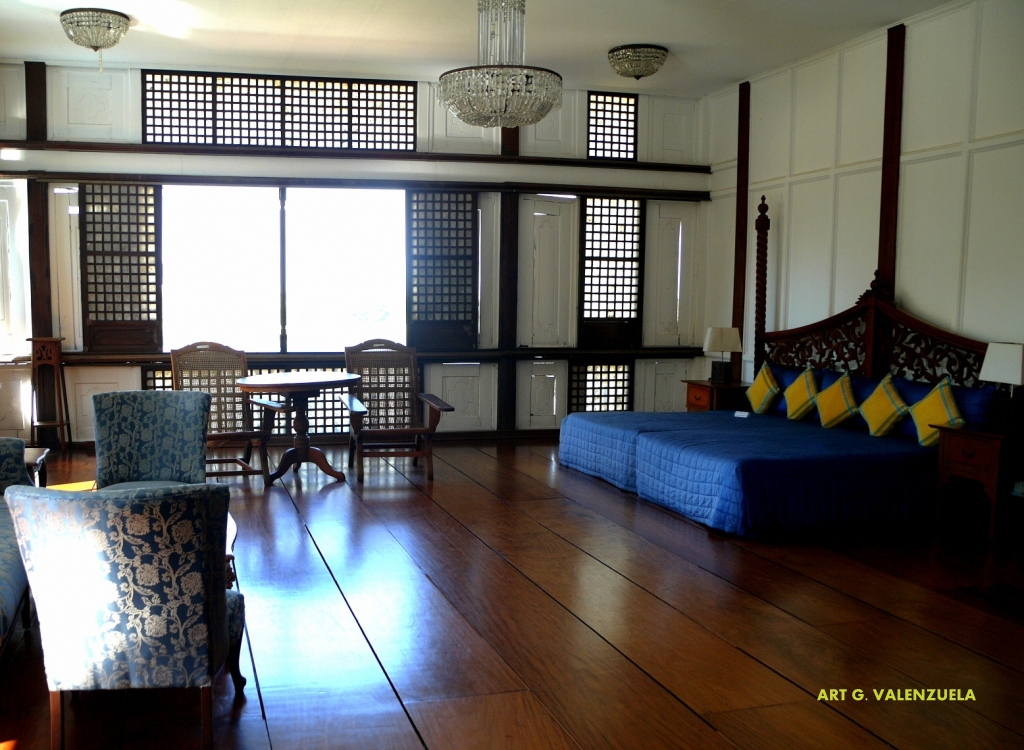
Touring “Malacañang of the North”
Photos and story by Art G. Valenzuela
THE year was 1982 when I received a call from my friend, the Regional Director of the Ministry of Agriculture for Region 1, Manuel “Maning” Varquez. He asked me if I could come and visit him for official business at his regional office at San Fernando, La Union. I had known Varquez while he was the head of the Bureau of Plant Industry in Dagupan City.
When I arrived at his office the following day he told me that President Marcos had just appointed him as Task Force Head of the Agriculture Group of the Paoay Lake Development Authority in Ilocos Norte. He wanted me to join him at Paoay and take a look at ongoing development projects around the lake for documentation in sound slides (which was my specialty and monopoly in the region at that time.)


And that was the first time when I had the opportunity of setting foot at the Malacaňang of the North (MoN), sort of a “verboten” place at that time where security measures was “tighter than entering Fort Knox.” The initial meeting in the summer of 1982 inside the MoN was followed by five or seven more. I had the rare opportunity to attend two meetings where President Marcos himself was present. It was also at the MoN where Marcos held meetings with his governors, congressmen and mayors from all over Ilocandia. I was never allowed to take photos inside the MoN itself although I was given access to the other projects around the Paoay Lake. (I have a separate story about the Paoay Lake and how the locals supplied the more than one million pieces of bricks that went into the construction of Fort Ilocandia. I shall contribute the photos and story to Sunday Punch online in due time.)


Thirty-two years later, 2014, I had the opportunity to return to the MoN and relive the memories of my first and seven previous visits between 1982-1983. After 2014, I would visit the MoN again and again in 2016, 2017 and the last was 2018. Here are some of the photos that I had assembled during those four years of my recent visits. I would say that former Ilocos Norte governor, Imee Marcos had done a good job during her term in the province in reorganizing the displays and exhibits in each of the major rooms in the mansion, thus preserving the legacy of his father. The MoN is open to the public.

RICOH IMAGING

“The Malacañang of the North (Ilocano: Malacañang ti Amianan) and (Filipino: Malakanyang sa Hilaga) is a presidential museum in Paoay, Ilocos Norte, Philippines. It was the residence of the family of Ferdinand Marcos when he was the President of the Philippines.
 “The residence was built by the Philippine Tourism Authority (PTA; now the Tourism Infrastructure and Enterprise Zone Authority or TIEZA) in 1977 for Marcos’s 60th birthday, and served as an official residence for the president’s family when they were staying in Ilocos Norte.[1]
“The residence was built by the Philippine Tourism Authority (PTA; now the Tourism Infrastructure and Enterprise Zone Authority or TIEZA) in 1977 for Marcos’s 60th birthday, and served as an official residence for the president’s family when they were staying in Ilocos Norte.[1]

“It is a two-story mansion overlooking the Paoay Lake, and consists of seven (supposedly a lucky number for Marcos) rooms, with each room having a theme of historical events from the Marcos era: Study, Agriculture, Diplomacy, OFW (overseas Filipino workers), Culture, Nation Building and Family.[1]

“While being administered by TIEZA, Cecile Licad played a Frédéric Chopin program at the property in 2001.[2]

“Usage of the property was turned over by the former president Benigno Aquino III to the Ilocos Norte provincial government in 2010. Governor Imee Marcos, Ferdinand Marcos’s daughter, then had the property refurbished to be one of the province’s tourist attractions. Eric Zerrudo, of the University of Santo Tomas Center for Conservation of Cultural Property and Environment in the Tropics, was commissioned to put together the exhibits in every room, with each room centering on a theme of Marcos’s public programs.[1]

“The Sandiganbayan anti-graft court stripped the Marcoses of the property in 2014, after it voided a 1978 agreement between Marcos and the then PTA, deciding that since it is a national park, Marcos had no legal rights over it since national parks are “inalienable public domain“,[3] despite claims by Bongbong Marcos, the son of the former president, that the property was owned by their family.[4]” (Wikipedia)
Share your Comments or Reactions
Powered by Facebook Comments


